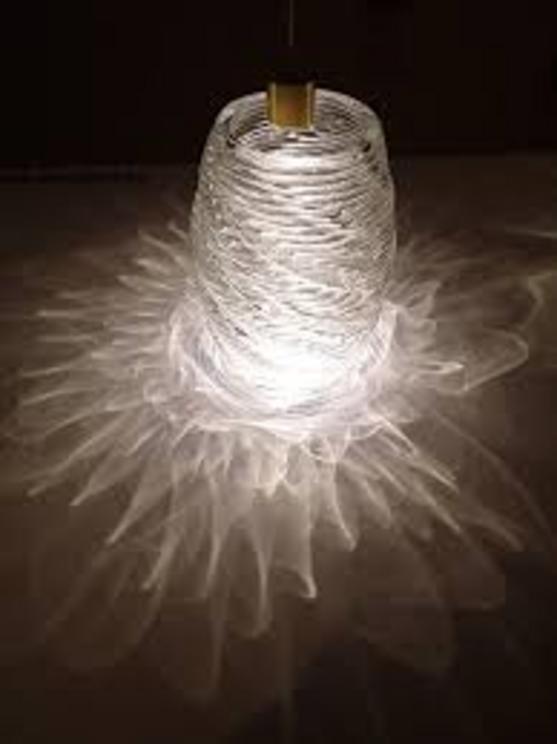3D printing of glass is now possible
We've seen 3D printers make things from plastic, ceramic and even metals, but until now, glass was the one material that just wasn't feasible. When researchers would attempt to extrude melted glass through a nozzle and build an object, the resulting structure would be porous and rough and filled with air bubbles, but times they are a changing.
Researchers at Karlsruhe Institute of Technology have developed a method to effectively 3D print glass objects, even in intricate shapes.
The new process involves mixing nanoparticles of quartz glass with a tiny amount of liquid polymer. This mixture is then cured at certain points by ultraviolet light using stereolithography. This makes those locations harden while the rest of the material remains liquid, essentially building up the shape of the object one layer at a time. When this step is done, the object is then washed in a solvent bath and heated to form a fully fused and strong structure.

The university says that this breakthrough will allow 3D printing of glass structures in the fields of optics, data transmission and biotechnology. Computers, eye glasses, medical equipment and more could soon feature glass made with this method.

“The next plus one generation of computers will use light, which requires complicated processor structures; 3D-technology could be used, for instance, to make small, complex structures out of a large number of very small optical components of different orientations,” said mechanical engineer Dr. Bastian E. Rapp.

The ability to build highly customized, precise glass pieces in a short amount of time could advance all of those fields and there are probably many more applications that we haven't even thought of yet.

